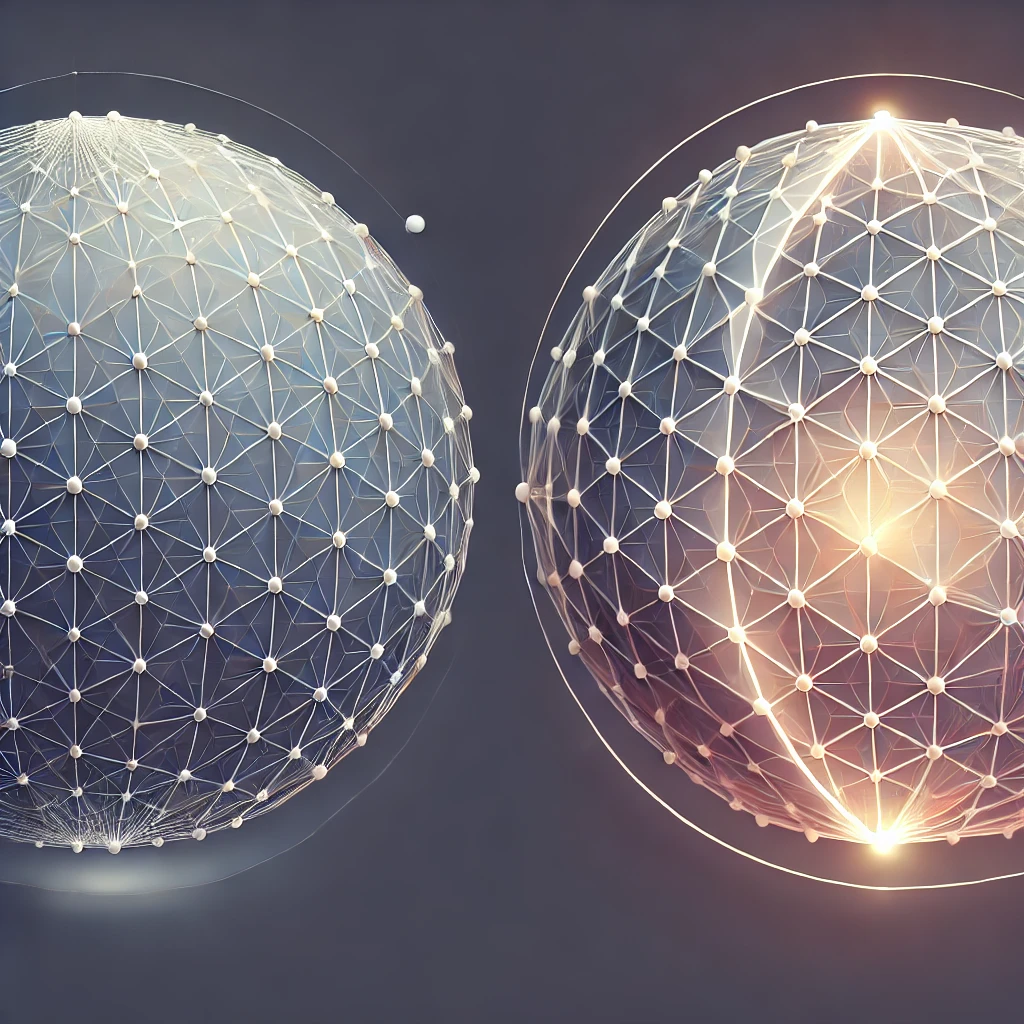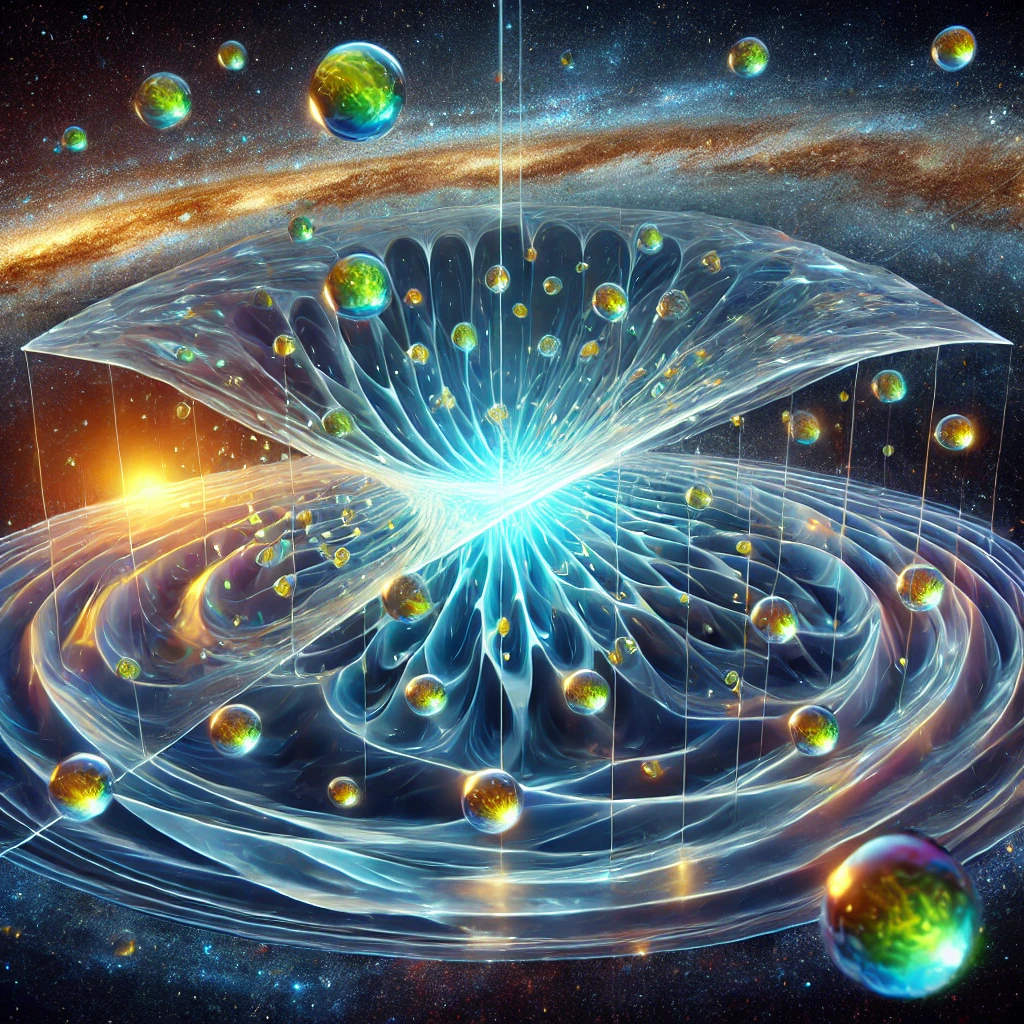Light Lag ll(t)
Light Lag ll(t), clusters of timing organized into energy flows.
Light Lag ll(t), clusters of timing organized into energy flows.
Light Lag ll(t) should be considered a telescope or speaker (think conical) able to be useful in either direction for various reasons. Intercepting nodes of various quantities of energy could be considered light lag effect to a point. Interference patterns suggest clusters or groups that sourced the energy that arrive to a node. We live in a time where we can now cluster those various delays of speed from various materials to expect the response pattern of electricity from the effects of the moving systems, the digital maps are tremendous! With expectations of gradient electrostatics from each instance we can better protect conduits to distribute energy through layers with safety factors.

In localized volumetric systems, ll(t) serves as a model for dynamic energy layering. By balancing EIR (energy in resonance and heading) with SIR (suspension in resonance), the system achieves optimal resonance for data relay and energy distribution. This layered approach allows wave relay to fine-tune gravitational wave communications, dynamically adjusting to low-information regions while preserving coherence and efficiency. The interplay of these layers ensures that even under significant spacetime distortions, the signal remains robust and adaptable.

Light Lag ll(t) imagine marbles and diversity, ABEC (BEC) fluid spherical lattice, tics a local reference for layered dualities to automate towards distance via OFDM and scalars.
